Lloyd George’s Land Valuation Survey
If you are undertaking British genealogy research in the early part of the twentieth century, then a very useful resource are the so called 1910 “Domesday Books”. Until now these records have only been available to access physically at the National Archives in London or at some regional archives. However, these are now being digitized and are being made available as part of a Diamond subscription on The Genealogist website. Only records from two London parishes (the City of London and Paddington) are available online at the moment, but eventually records for the whole of Britain will be rolled out.
Lloyd George’s government had introduced the first British old age pensions in the 1909 budget and these together with a huge investment in the Royal Navy had to be paid for. The idea was to tax “unearned increment” of land (nowadays known as capital gains). Therefore, once the budget had been passed by Parliament, the Inland Revenue undertook a comprehensive survey of all land and property in Britain and this resulted in the “Domesday Books” or more correctly “valuation books”.
So, looking at an example from The Genealogist (Mrs Margaret Parish of 55 Gloucester Square) we can see how much information there is in these books:
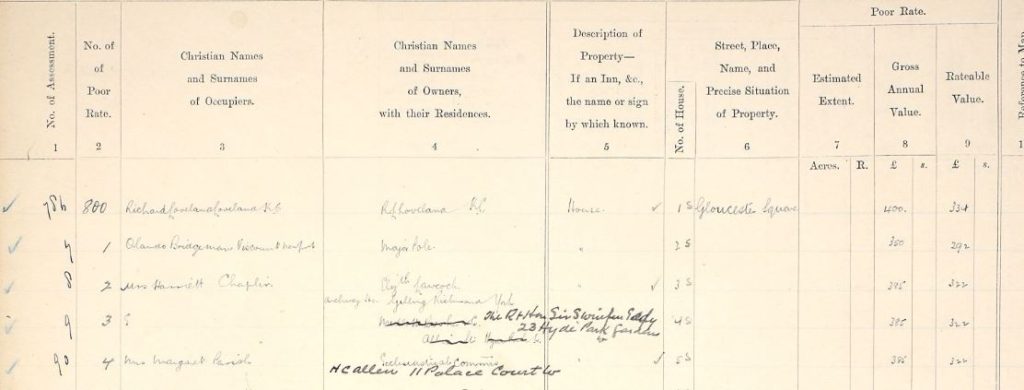
1910 Land Valuation Book snippet from The Genealogist
Mrs Parish is the occupier of the property and we can see that she does not own it. It looks like the property was originally owned by the Ecclesiastical Commissioners, but was later changed to HC Allen of 11 Palace Court West. These records are therefore useful in tracing both property owners and tenants. The house has a value of GBP385 and a rateable value of GBP322.
Associated with these books and also available on The Genealogist are the amazingly detailed maps. This is a snippet from the map showing 55 Gloucester Square:

1910 Domesday Map Snippet from The Genealogist
These maps really are wonderful and show every property and main feature in an area. Much of London (and parts of other major British cities) was destroyed in World War Two or after urban redevelopment in the 1960s, so these maps can be very useful in pinpointing exactly where your ancestors lived. As this survey was done close to the 1911 census, most people would have been living in the same property on this survey, so it adds another layer of detail.
If you are researching your English ancestors, then a Diamond subscription to The Genealogist is very worthwhile. As well as access to the 1910 Domesday records, also included are these English resources:
- Birth Marriage and Death indexes
- Census records
- Court and criminal records
- Education records
- Immigration and Emigration records
- Landowner records (including exclusive online tithe maps)
- Military records
- Occupational records
- Parish records
- Peerage, gentry and royalty records
- Directories
- Wills and probate
Full disclosure: I am an affiliate of The Genealogist and I receive a commission if a subscription is bought via a link here; this helps pay for the site. I myself have been a subscriber since 2015 (paid for by me) and if you are researching English ancestors then I do recommend it.
You can get a 10% discount on a subscription by clicking the ad below.
Happy researching!
Pinterest Pins:
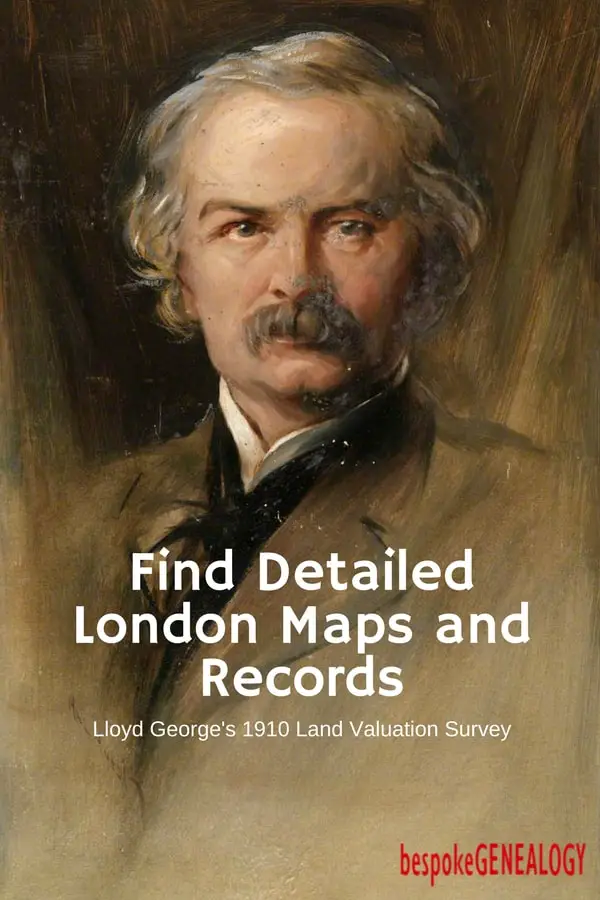
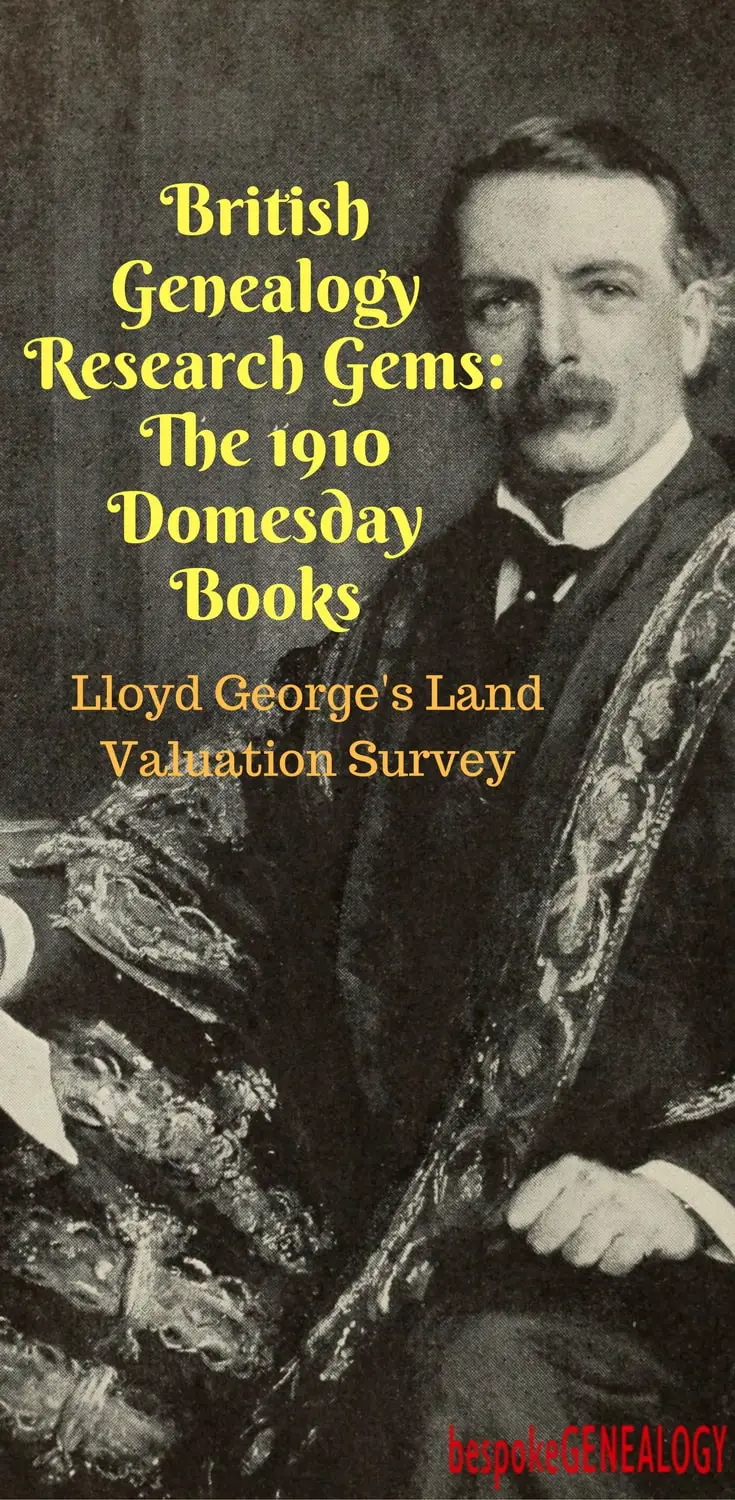
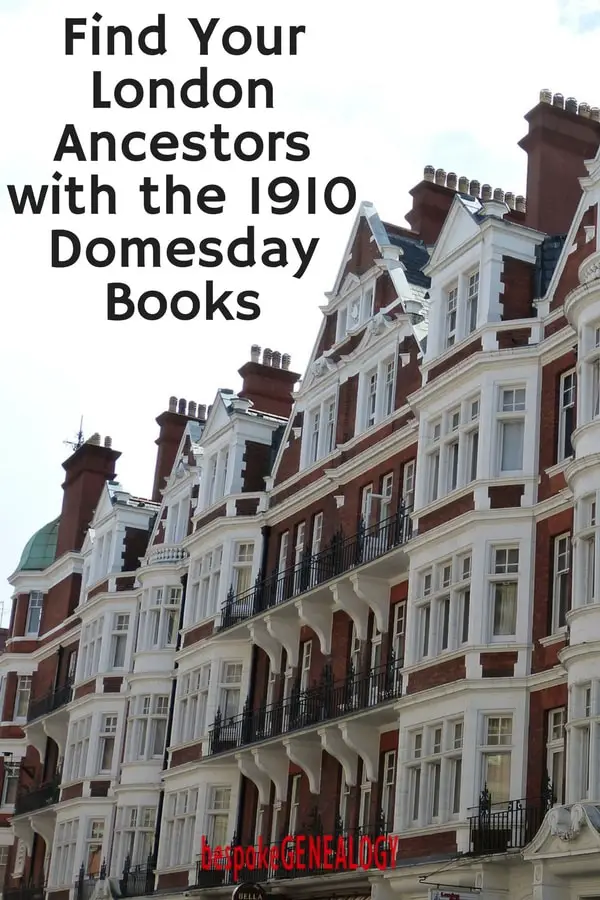
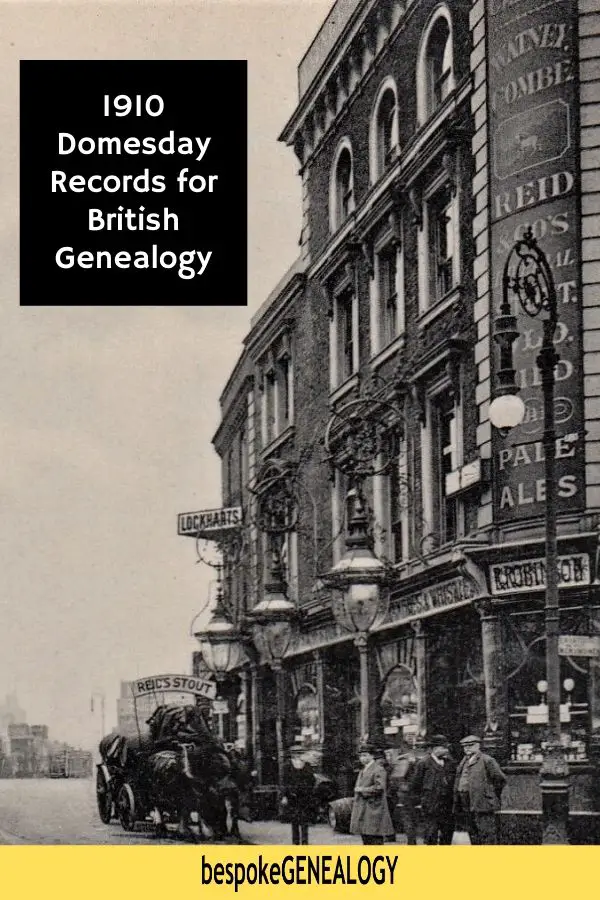
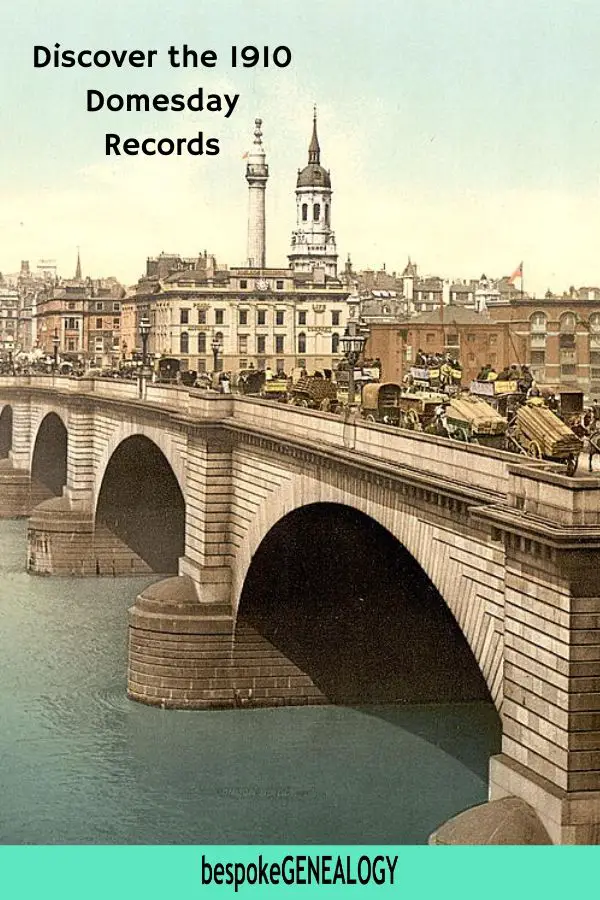
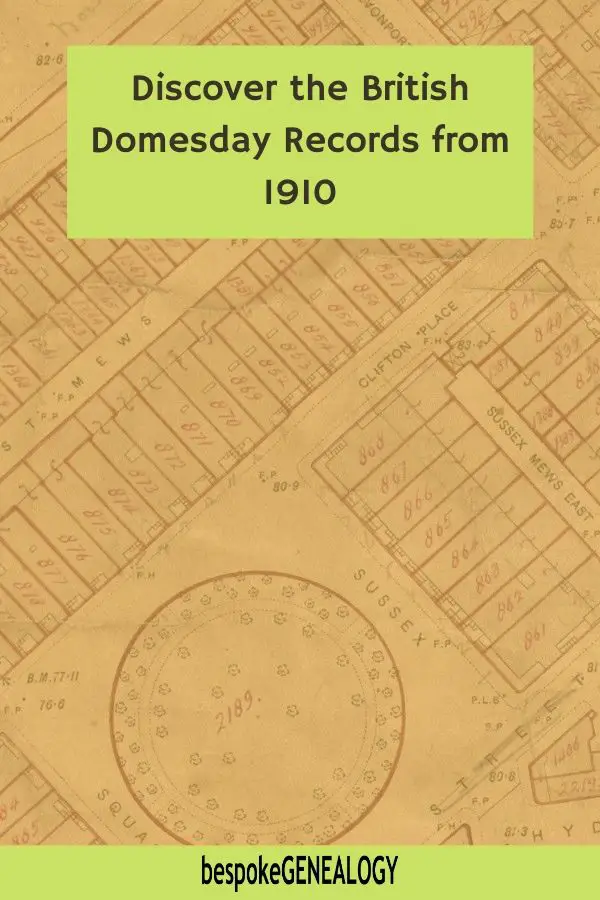
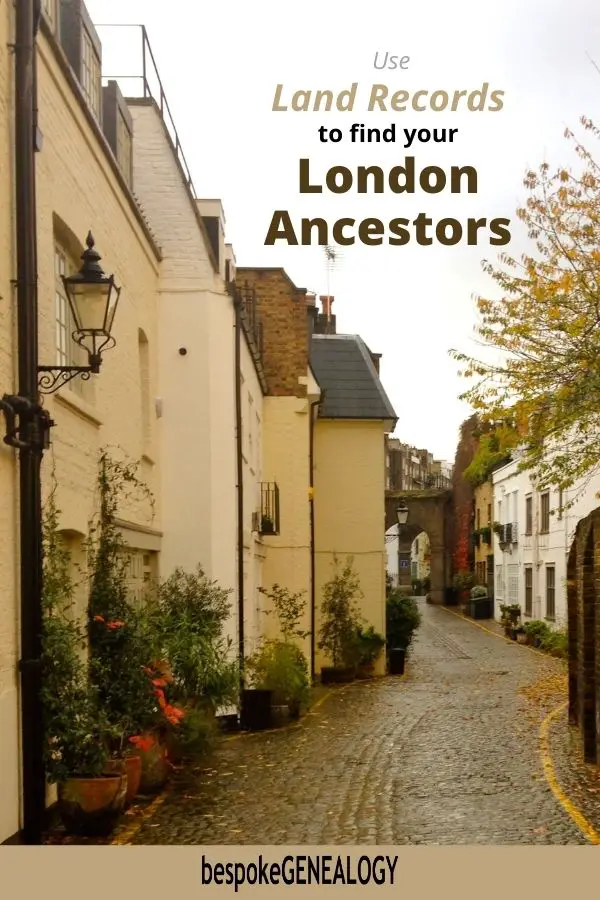
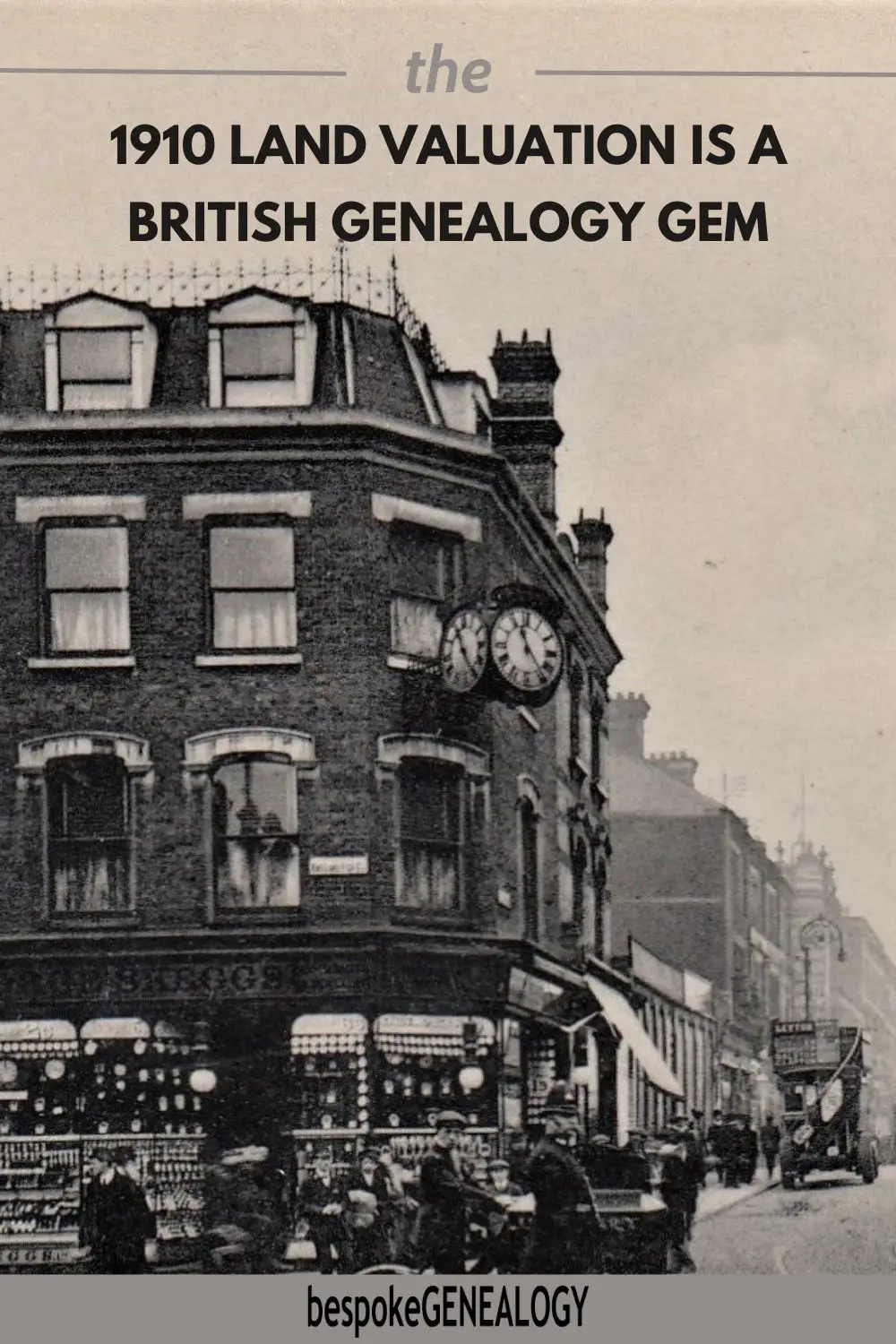


Just starting out on my genealogy journey. Love your articles. Very helpful.
Thanks Daphne; good luck with your research!